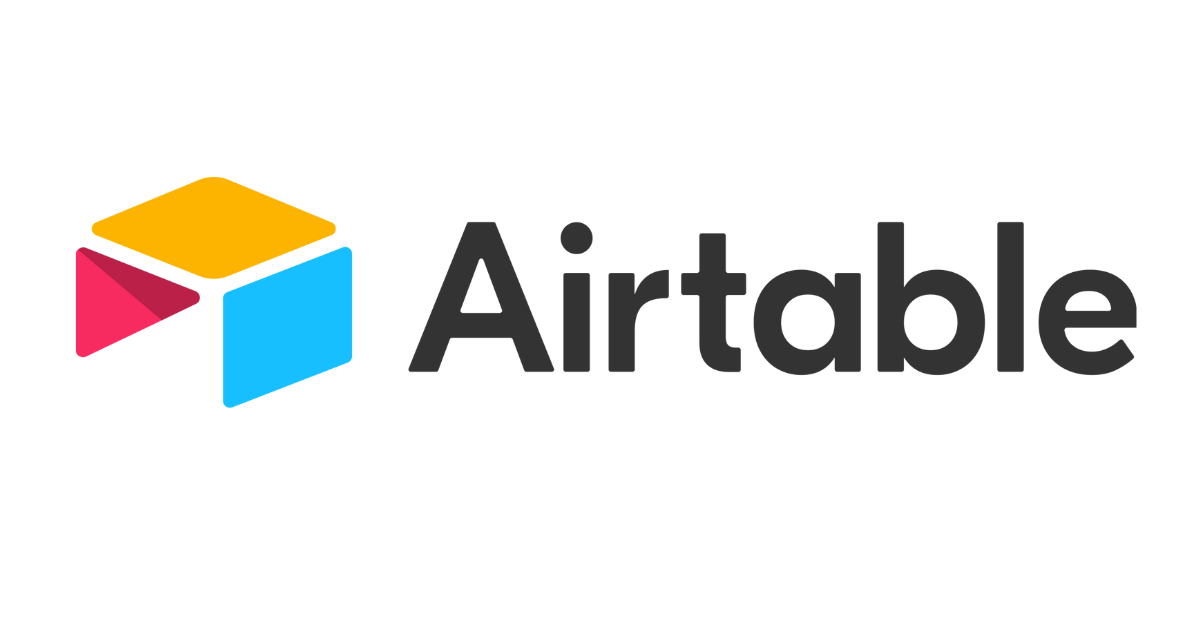As we look ahead to 2024, the landscape of remote work continues to evolve, presenting new trends and challenges for professionals and organizations alike. Navigating tomorrow’s workspace requires an understanding of emerging trends that shape how we work and collaborate. In this exploration, we delve into the remote work trends anticipated for 2024, offering insights into the shifting dynamics of virtual work environments. From the rise of hybrid work models to the adoption of advanced technologies, discover the key trends shaping the future of remote work. Stay ahead of the curve as we examine the strategies and tools that will define tomorrow’s workspace.

The Hybrid Work Revolution: Merging Office and Remote Dynamics
The future is undeniably hybrid. In 2024, companies are undergoing a paradigm shift, redefining the traditional office setup and introducing flexible models that seamlessly blend remote and in-person work. This evolution transcends mere physical locations; it signifies a fundamental shift in how we approach work and the very essence of the workplace.
As professionals navigate this hybrid landscape, the focus extends beyond the physical setting. It’s about crafting an environment that not only allows but actively fosters collaboration, whether in a shared workspace or across digital platforms. The key ingredient is flexibility, empowering employees to choose the work mode that best suits their tasks and personal preferences.
Technological Integration: Driving Efficiency and Connectivity
At the forefront of the remote work revolution stands technology, a catalyst for change. As we progress into 2024, businesses are not just embracing but actively integrating advanced tools to streamline operations and enhance collaboration. From sophisticated project management platforms to immersive virtual communication tools, the tech ecosystem is evolving to create a seamless and efficient remote work experience.
The emphasis extends beyond the mere adoption of technology; it lies in its strategic integration. Companies are making substantial investments in solutions that not only bridge the physical gap between team members but also enhance the overall efficiency and effectiveness of remote collaboration. It’s a tech-driven transformation that goes beyond the surface, fundamentally altering the dynamics of how teams operate and communicate.
Prioritizing Mental Well-being: A Holistic Approach to Remote Work
In 2024, the conversation around remote work transcends the physical workspace and delves into the realm of mental well-being. Employers are increasingly recognizing the significance of holistic support for their remote workforce, understanding that a healthy mind forms the bedrock of sustained productivity and creativity.
Initiatives ranging from dedicated mental health days to comprehensive virtual wellness programs are gaining traction. The goal is not merely to acknowledge the challenges of remote work but to actively address them, fostering a culture where employees feel not only supported but also connected and resilient. It’s a holistic approach that acknowledges the human side of remote work, valuing the well-being of the workforce as a top priority.
Asynchronous Communication: Redefining Team Interaction
The year 2024 marks a departure from the synchronous communication norms of the past. Remote teams are embracing asynchronous communication as a core component of their collaboration strategy. This shift is a recognition of the diverse working hours and time zones within global teams, allowing for increased flexibility and accommodating varied schedules.
The move towards asynchronous communication is not merely a practical adjustment; it’s a paradigm shift that enhances work-life balance and fosters a culture of trust within teams. Empowered to manage their time effectively, remote teams contribute to a more inclusive and globally connected work environment.
Continuous Learning Culture: Adapting to the Future
Remote work in 2024 is not just a response to current trends but a proactive preparation for what lies ahead. A continuous learning culture takes center stage as companies and employees prioritize upskilling to stay relevant in an ever-evolving professional landscape.
This emphasis on continuous learning extends beyond the acquisition of new skills; it’s about cultivating a mindset of adaptability. Professionals are not just encouraged but empowered to embrace change, explore emerging technologies, and actively contribute to their personal and professional growth. It’s an investment in the future, ensuring that individuals and organizations are well-equipped to navigate the evolving demands of the modern workplace.
Summing Up
As we conclude this exploration of remote work trends for 2024, it becomes evident that the future of work is dynamic, collaborative, and centered around well-being. The hybrid work revolution, technological integration, mental well-being prioritization, asynchronous communication, and a continuous learning culture collectively paint a picture of a workspace that goes beyond the physical confines of an office.
In this landscape, professionals are not just adapting to change; they are driving it. The trends uncovered are not isolated shifts but interconnected elements of a future where remote work is a thriving, inclusive, and continually evolving ecosystem. As we navigate the remote work frontier in 2024, the journey is not merely about reaching a destination but about embracing the ever-unfolding possibilities of tomorrow’s workspace.
- Are Google Certificates Worth Your Career Investment? - May 5, 2024
- How to Find and Fix Broken Links: A Comprehensive Guide - April 26, 2024
- Dynamic Pricing Strategies: Using AI to Optimize Pricing in E-commerce - April 9, 2024



